Home>Gardening & Outdoor>Landscaping Ideas>How To Make Cordage From Grass
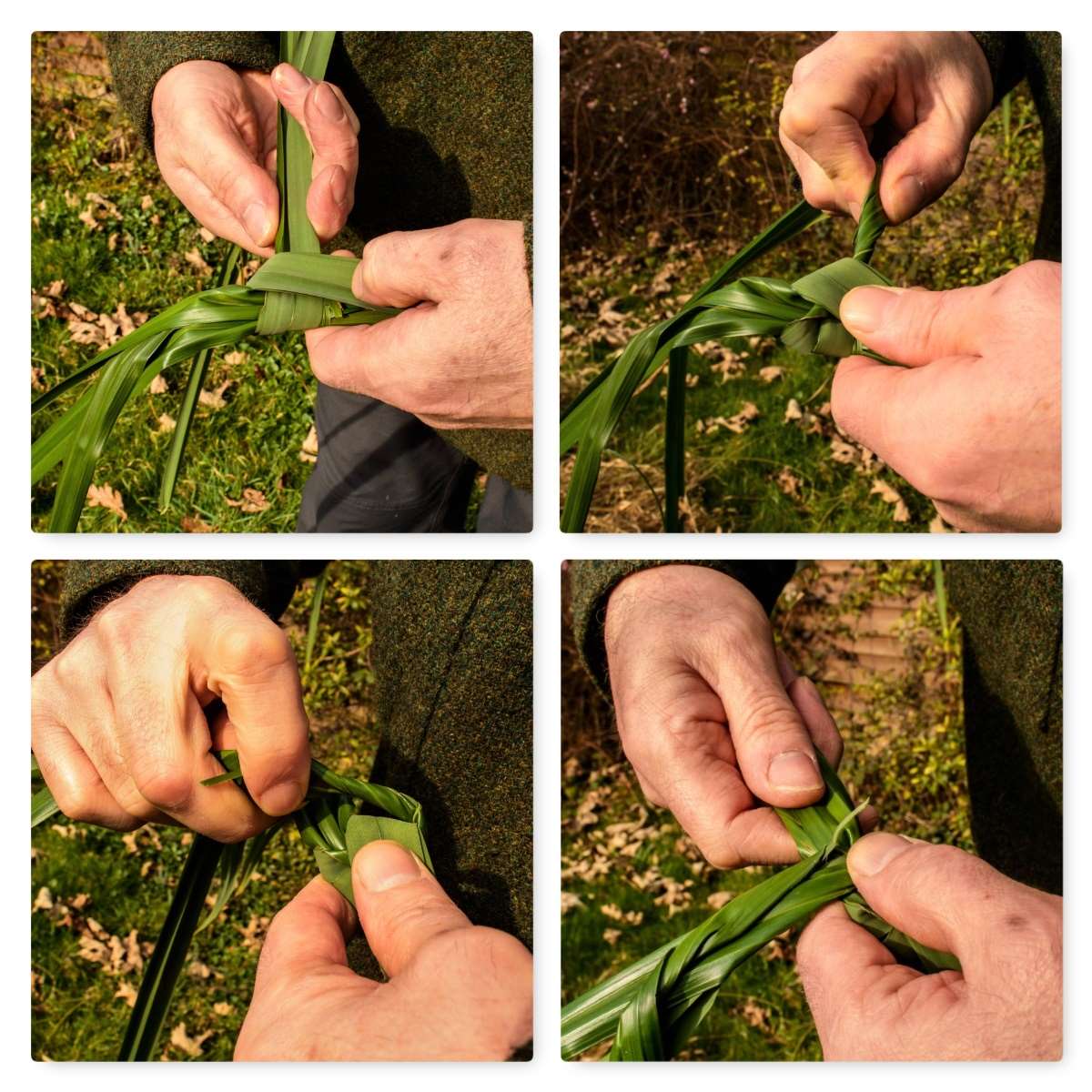

Landscaping Ideas
How To Make Cordage From Grass
Published: January 25, 2024
Learn how to make cordage from grass with our expert landscaping ideas. Create beautiful and functional natural materials for your outdoor projects.
(Many of the links in this article redirect to a specific reviewed product. Your purchase of these products through affiliate links helps to generate commission for Storables.com, at no extra cost. Learn more)
Introduction
Creating cordage from grass is a skill that has been practiced for centuries by various cultures around the world. Cordage, which refers to rope or string, has been an essential tool for tasks such as building shelters, crafting tools, and making traps for hunting. The process of making cordage from grass involves selecting the right type of grass, harvesting it, and then preparing and twisting it to form a strong and durable material.
In addition to its practical uses, making cordage from grass can also be a rewarding and meditative activity that connects us to ancient traditions and the natural world. Whether you are interested in wilderness survival skills, primitive crafting, or simply seeking a hands-on and creative project, learning how to make cordage from grass can be a fulfilling endeavor.
In this guide, we will explore the step-by-step process of creating cordage from grass, from selecting the right type of grass to twisting it into a functional and versatile material. By understanding the techniques and principles behind this ancient craft, you can gain a deeper appreciation for the resourcefulness and ingenuity of our ancestors while acquiring a valuable skill that may prove useful in various outdoor scenarios.
Key Takeaways:
- Making cordage from grass is a timeless skill that connects us to ancient traditions and the natural world, offering practical uses and a rewarding, meditative activity.
- Selecting the right grass, harvesting responsibly, and twisting fibers into cordage empowers us with a valuable skill that honors our ancestors and fosters a deeper connection to the environment.
Read more: How To Make Ethanol From Grass
Selecting the Right Grass
When it comes to making cordage from grass, selecting the right type of grass is crucial to ensure the strength and durability of the resulting cordage. Different grasses vary in their fiber content, length, and flexibility, making some more suitable for cordage-making than others. Here are some key factors to consider when selecting the right grass for making cordage:
- Fiber Content: Look for grass species with long, fibrous strands that are suitable for twisting into cordage. Grasses with a higher fiber content, such as dogbane, stinging nettle, or yucca, are popular choices for making strong and resilient cordage.
- Flexibility: The selected grass should have a degree of flexibility, allowing it to be twisted or braided without breaking. Grasses with naturally pliable and resilient fibers, such as milkweed or hemp dogbane, are well-suited for cordage-making.
- Abundance: Consider the availability of the grass in your surroundings. Opt for grass species that are abundant in your local environment, as this makes harvesting and sourcing the raw material more convenient and sustainable.
- Strength: Assess the strength of the grass by testing its tensile properties. A strong and durable cordage requires grass with robust fibers that can withstand tension and pressure when twisted into a rope.
Before harvesting any grass for cordage-making, it is important to familiarize yourself with the different grass species in your area and their respective characteristics. Take the time to observe and identify grasses with suitable attributes for cordage production, and consider factors such as seasonality and growth patterns that may impact the quality of the fibers.
By carefully selecting the right grass for making cordage, you can lay a solid foundation for creating high-quality and reliable rope or string that meets your specific needs and functional requirements.
Harvesting the Grass
Once you have identified the suitable grass species for cordage-making, the next step is harvesting the grass in a sustainable and respectful manner. Harvesting grass for cordage involves gathering the raw material while preserving the integrity of the plant and its surrounding ecosystem. Here are the key considerations for harvesting grass for cordage:
- Timing: Choose the optimal time to harvest the grass, taking into account the growth stage of the plant. In general, it is best to harvest grass for cordage-making when the fibers are at their strongest and most flexible. This often corresponds to the late spring or early summer when many grasses are actively growing and the fibers are less prone to brittleness.
- Responsible Harvesting: When gathering grass for cordage, practice ethical and sustainable harvesting techniques. Avoid overharvesting from a single area, and strive to maintain the overall health and biodiversity of the ecosystem. Select mature grass stems with long, sturdy fibers while leaving enough plants to ensure their continued growth and reproduction.
- Cleaning and Sorting: After harvesting the grass, remove any excess leaves, seeds, or debris from the stems to prepare them for further processing. Sorting the harvested grass based on length, thickness, and quality can streamline the subsequent steps of cordage-making and ensure uniformity in the resulting rope or string.
It’s essential to approach the harvesting process with mindfulness and appreciation for the natural resources being utilized. By harvesting the grass responsibly and with care, you can maintain a harmonious relationship with the environment while obtaining high-quality raw materials for crafting durable and functional cordage.
Next, we will delve into the crucial steps of preparing the harvested grass for the cordage-making process, where the raw fibers are transformed into a versatile and resilient material ready for various applications.
When making cordage from grass, it’s important to select long, strong blades and remove any seeds or nodes. Twist the grass fibers together to create a strong and durable cord.
Preparing the Grass
Once the suitable grass has been harvested, the next phase in the cordage-making process involves preparing the raw material to optimize its strength and flexibility for twisting into durable cordage. Proper preparation of the grass fibers is essential for producing high-quality rope or string that can withstand the rigors of practical use. Here are the key steps in preparing the grass for cordage-making:
- Drying the Grass: After harvesting, allow the grass stems to dry thoroughly. This helps to remove excess moisture and ensures that the fibers are at their strongest and most resilient state for cordage-making. Choose a well-ventilated and dry area to facilitate the drying process, and be mindful of the potential impact of humidity and weather conditions on the drying grass.
- Retting: Some grasses may benefit from a process called retting, which involves soaking the dried stems in water to facilitate the separation of the fibers from the woody core. Retting can enhance the flexibility and workability of the fibers, making them easier to twist into cordage. However, not all grass species require retting, so it’s important to research the specific requirements of the grass you are working with.
- Stripping and Separating Fibers: Once the grass stems are dried and, if necessary, retted, the next step is to strip the outer layers of the stem to access the long, fibrous strands within. Carefully strip away the outer bark or pith to reveal the individual fibers, and separate them from the woody core of the stem. This process requires patience and attention to detail to ensure the integrity of the fibers.
- Sorting and Aligning: After stripping the fibers, sort and align them based on length and thickness. Removing any remaining impurities or uneven sections can enhance the uniformity and strength of the resulting cordage. Aligning the fibers prepares them for the twisting process, where they will be combined to form a cohesive and resilient rope or string.
By meticulously preparing the grass fibers, you can optimize their natural properties and create a raw material that is well-suited for the ancient art of cordage-making. The next stage involves twisting and braiding the prepared fibers to transform them into functional and versatile cordage, ready for a wide range of practical applications.
Twisting the Cordage
Twisting the prepared grass fibers into cordage is the culminating step in the cordage-making process, where the raw material is transformed into a functional and versatile rope or string. The twisting process requires patience, dexterity, and an understanding of the principles of cordage construction to create strong and resilient cordage. Here are the essential steps for twisting the cordage:
- Grouping the Fibers: Begin by grouping the prepared grass fibers into bundles of suitable thickness, depending on the desired strength and diameter of the cordage. For thinner cordage, a smaller bundle of fibers may be sufficient, while thicker rope may require a larger bundle for added strength.
- Twisting Method: There are various twisting methods that can be employed to create cordage, including the reverse-wrap method and the traditional Z-twist or S-twist technique. Experiment with different twisting methods to find the most suitable approach for the specific grass fibers you are working with, considering factors such as fiber flexibility and desired cordage characteristics.
- Twisting Tension: Apply consistent tension as you twist the fiber bundles together, ensuring that the individual fibers are securely interlocked to form a cohesive and robust cordage. Adjust the tension as needed to achieve the desired level of tightness and uniformity throughout the length of the cordage.
- Braiding and Finishing: If desired, you can braid the twisted cordage to add further strength and visual appeal. Secure the ends of the cordage with a reliable finishing knot or whipping to prevent unraveling and maintain the integrity of the twisted fibers. This final step completes the transformation of the prepared grass fibers into functional and durable cordage.
Twisting grass fibers into cordage not only yields a practical and reliable material for various outdoor and crafting needs but also provides a tangible connection to ancient traditions and the ingenuity of our ancestors. By mastering the art of twisting cordage from grass, you can acquire a valuable skill that enriches your understanding of natural materials and their versatile applications.
With the cordage now ready for use, the possibilities are endless, from crafting survival gear and tools to exploring creative and decorative applications that showcase the resilience and beauty of cordage made from natural grass fibers.
Read more: How To Make Gnome From Greenery
Conclusion
Learning how to make cordage from grass is not only a practical skill but also a journey that connects us to ancient traditions and the resourcefulness of our ancestors. By selecting the right grass, harvesting it responsibly, preparing the fibers, and twisting them into cordage, we engage in a timeless craft that embodies ingenuity and sustainability.
Throughout history, cordage has been an essential tool for human survival and innovation, serving a multitude of purposes, from constructing shelters and crafting tools to creating traps for hunting and fishing. The ability to transform natural grass fibers into durable and versatile cordage represents a testament to human adaptability and creativity in utilizing the resources provided by the natural world.
Engaging in the process of making cordage from grass also fosters a deeper connection to the environment, as it requires an understanding of the properties of different grass species, the seasonal rhythms of plant growth, and the importance of sustainable harvesting practices. This hands-on approach to working with natural materials encourages mindfulness and appreciation for the ecosystems that sustain us.
Furthermore, mastering the art of cordage-making from grass empowers individuals with a valuable skill that transcends practical utility. It fosters a sense of self-reliance, creativity, and a profound respect for the resilience of natural materials. Whether used in outdoor survival scenarios, crafting projects, or as a means of preserving traditional knowledge, cordage made from grass fibers embodies the timeless synergy between human ingenuity and the gifts of the natural world.
As we embrace the art of making cordage from grass, we honor the enduring legacy of our ancestors and the enduring relevance of their wisdom in utilizing natural resources. This ancient craft invites us to embark on a journey of discovery, connecting us to the timeless rhythms of nature and the enduring spirit of human innovation.
So, whether you are drawn to the practical applications of cordage-making or simply seek a meaningful and hands-on connection to the natural world, the art of making cordage from grass offers a rewarding and enriching pursuit that transcends time and resonates with the essence of human creativity.
Frequently Asked Questions about How To Make Cordage From Grass
Was this page helpful?
At Storables.com, we guarantee accurate and reliable information. Our content, validated by Expert Board Contributors, is crafted following stringent Editorial Policies. We're committed to providing you with well-researched, expert-backed insights for all your informational needs.
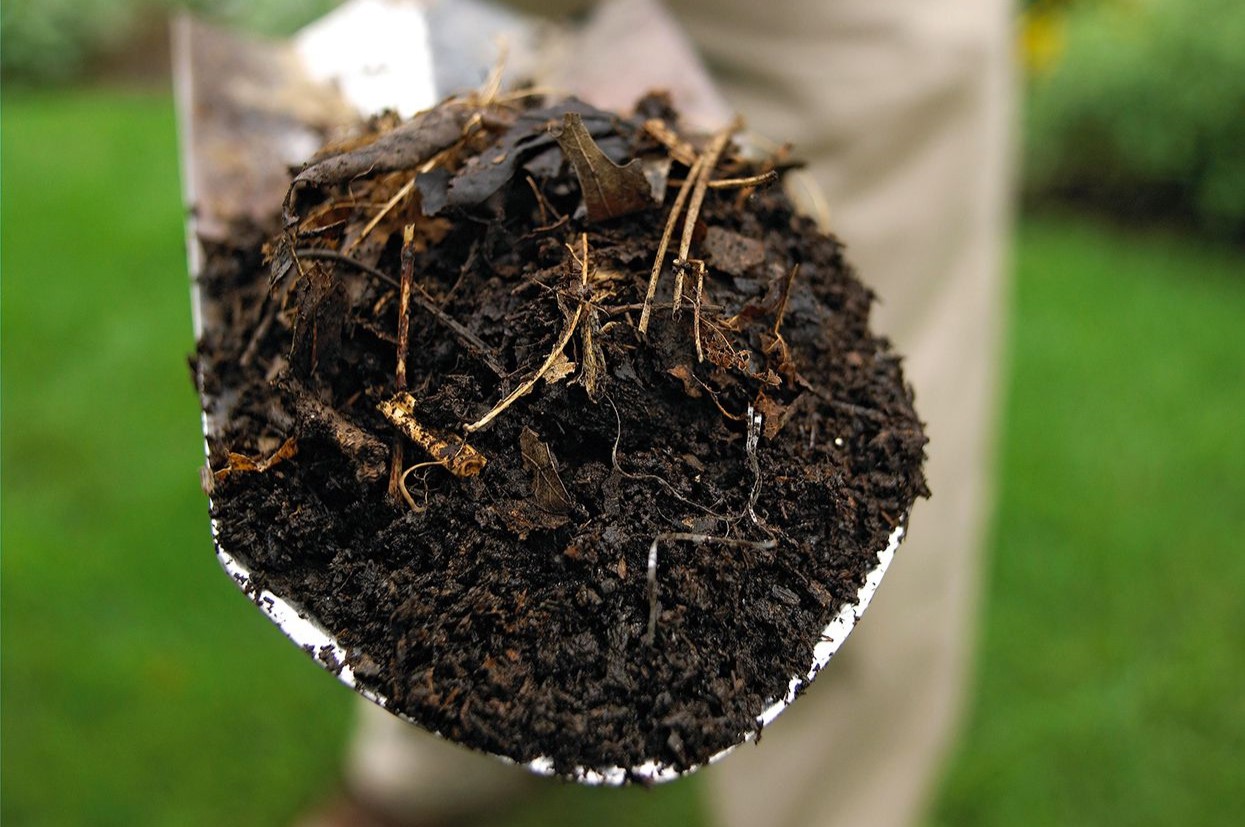

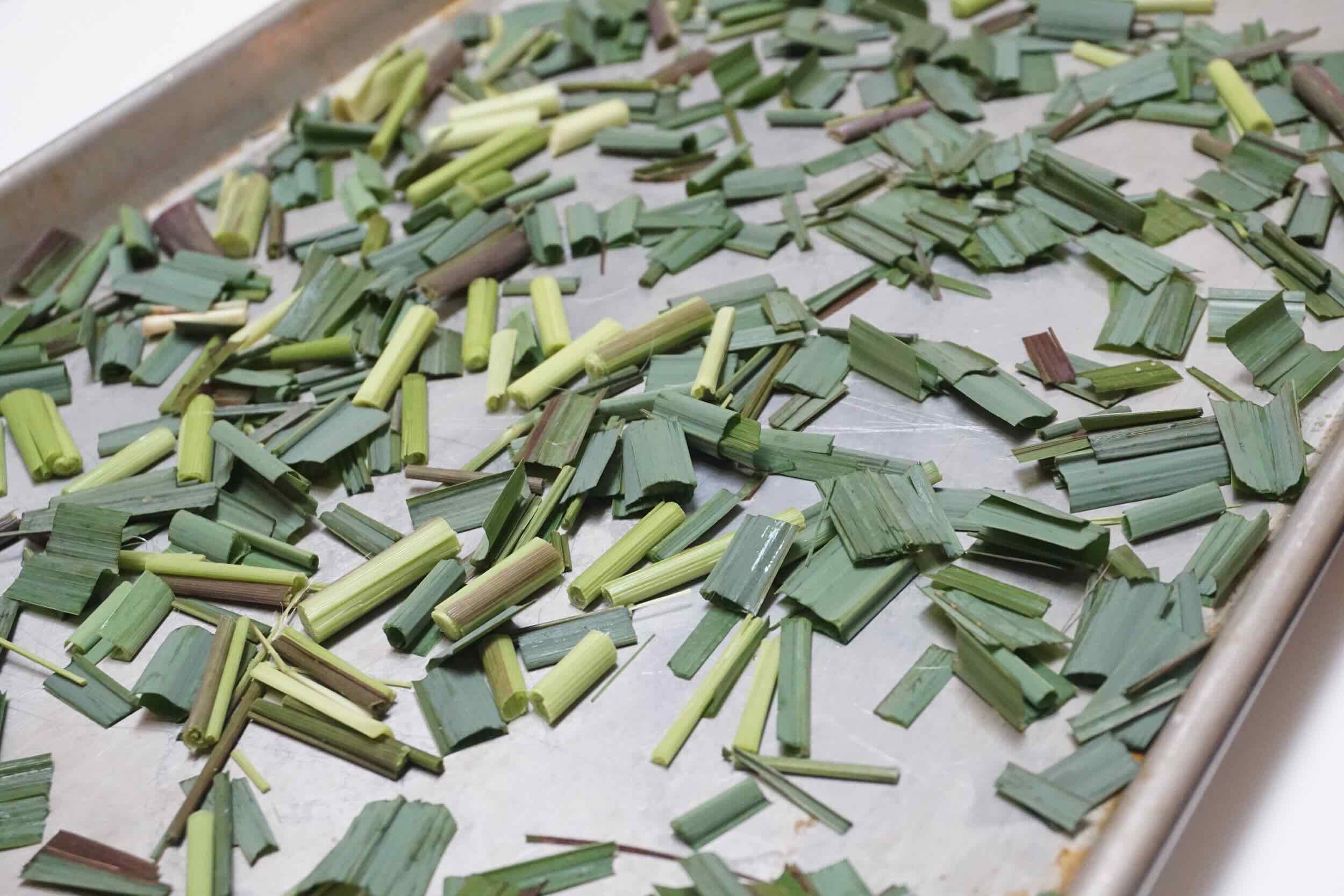
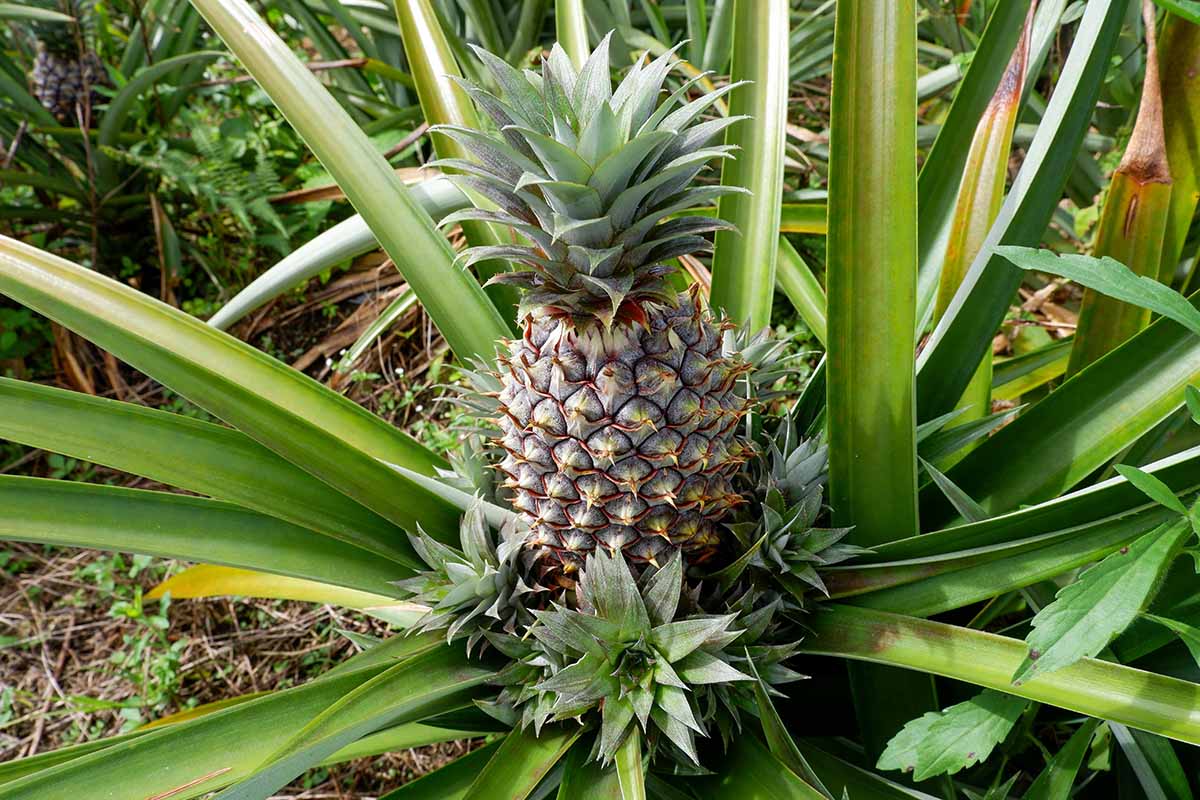
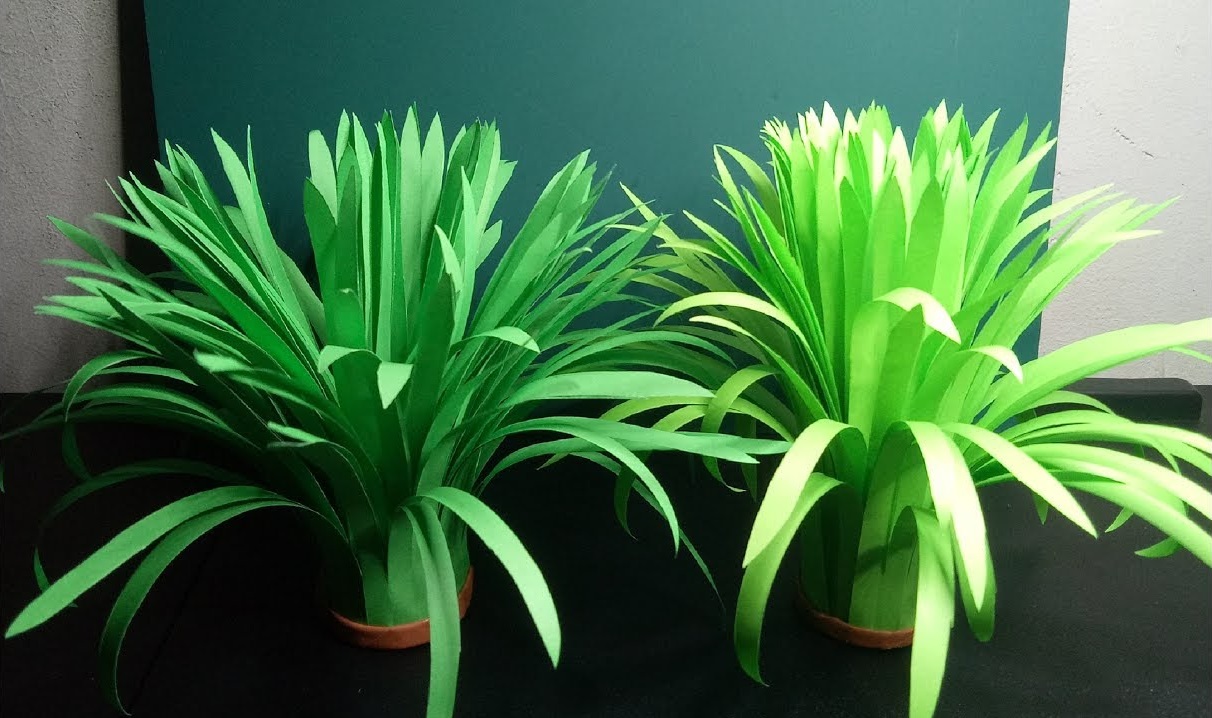
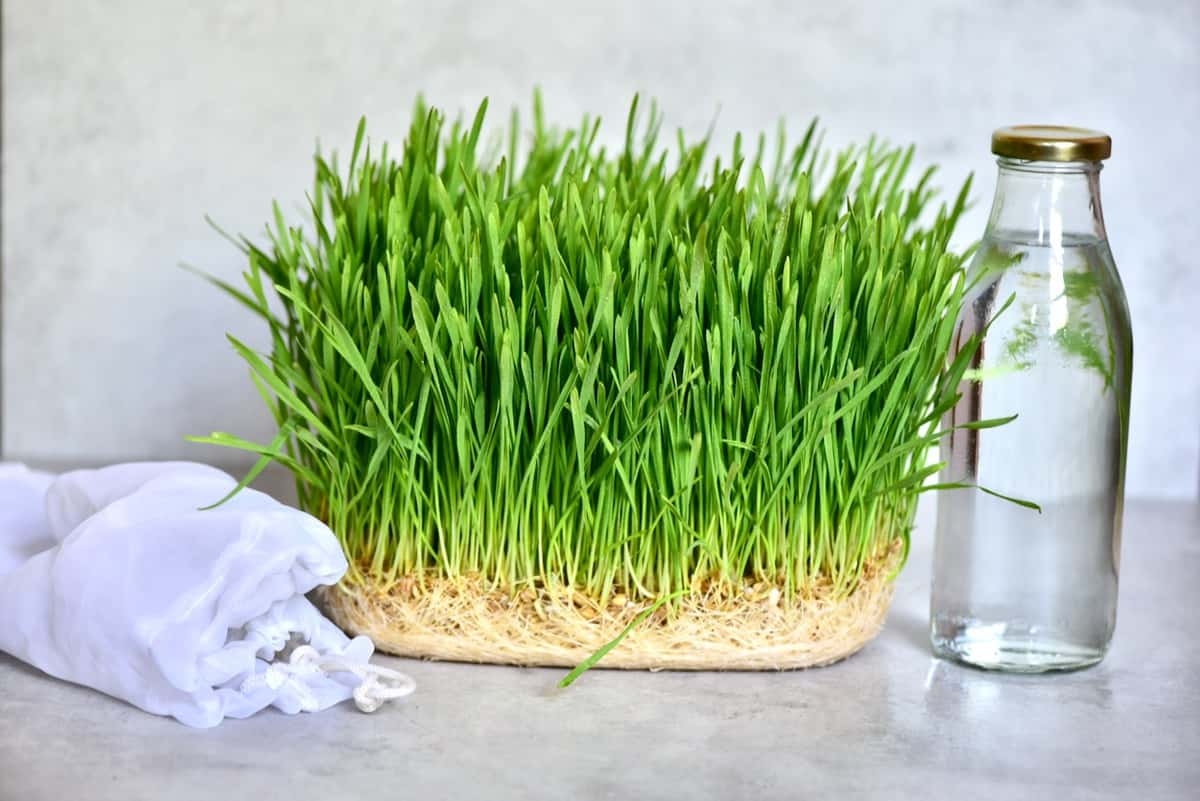
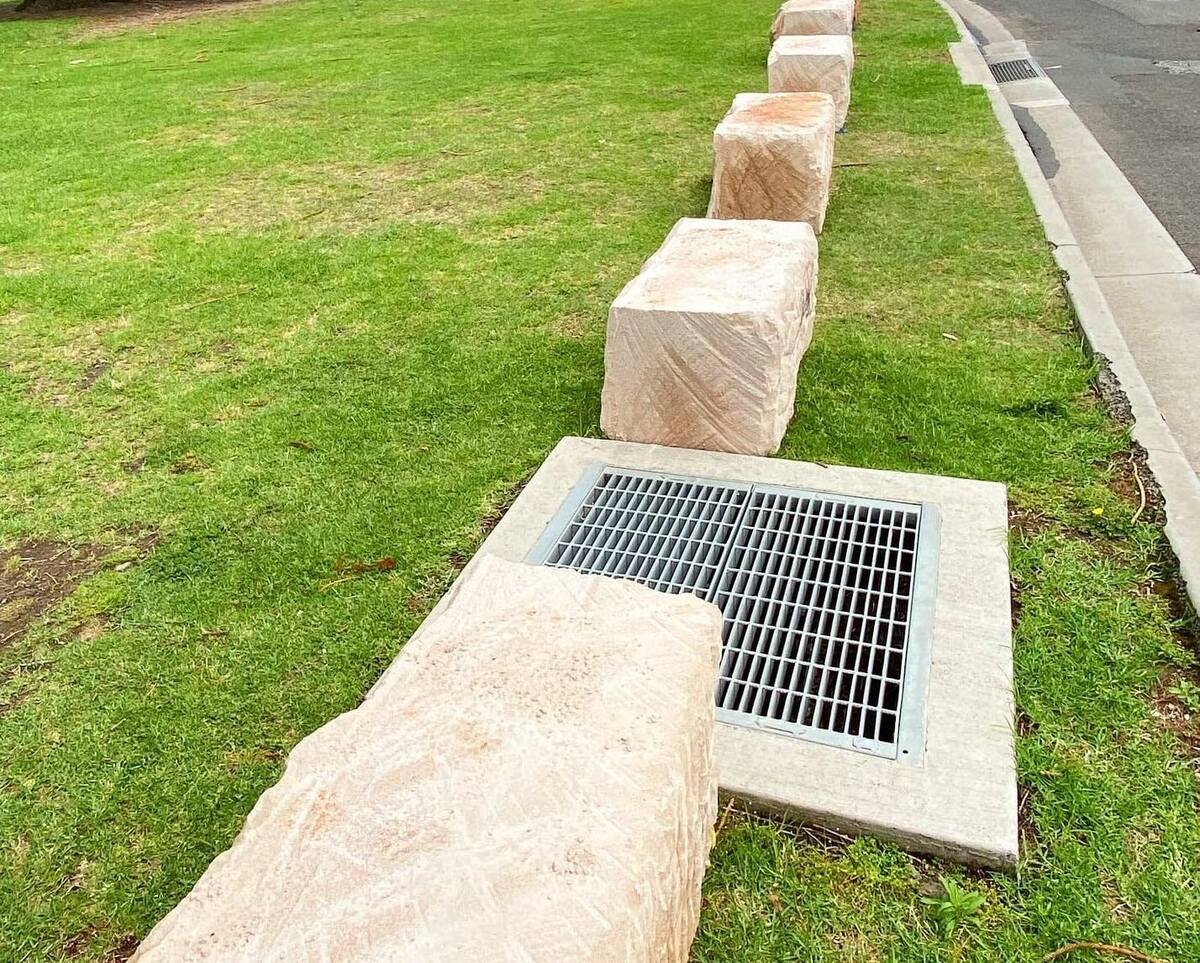
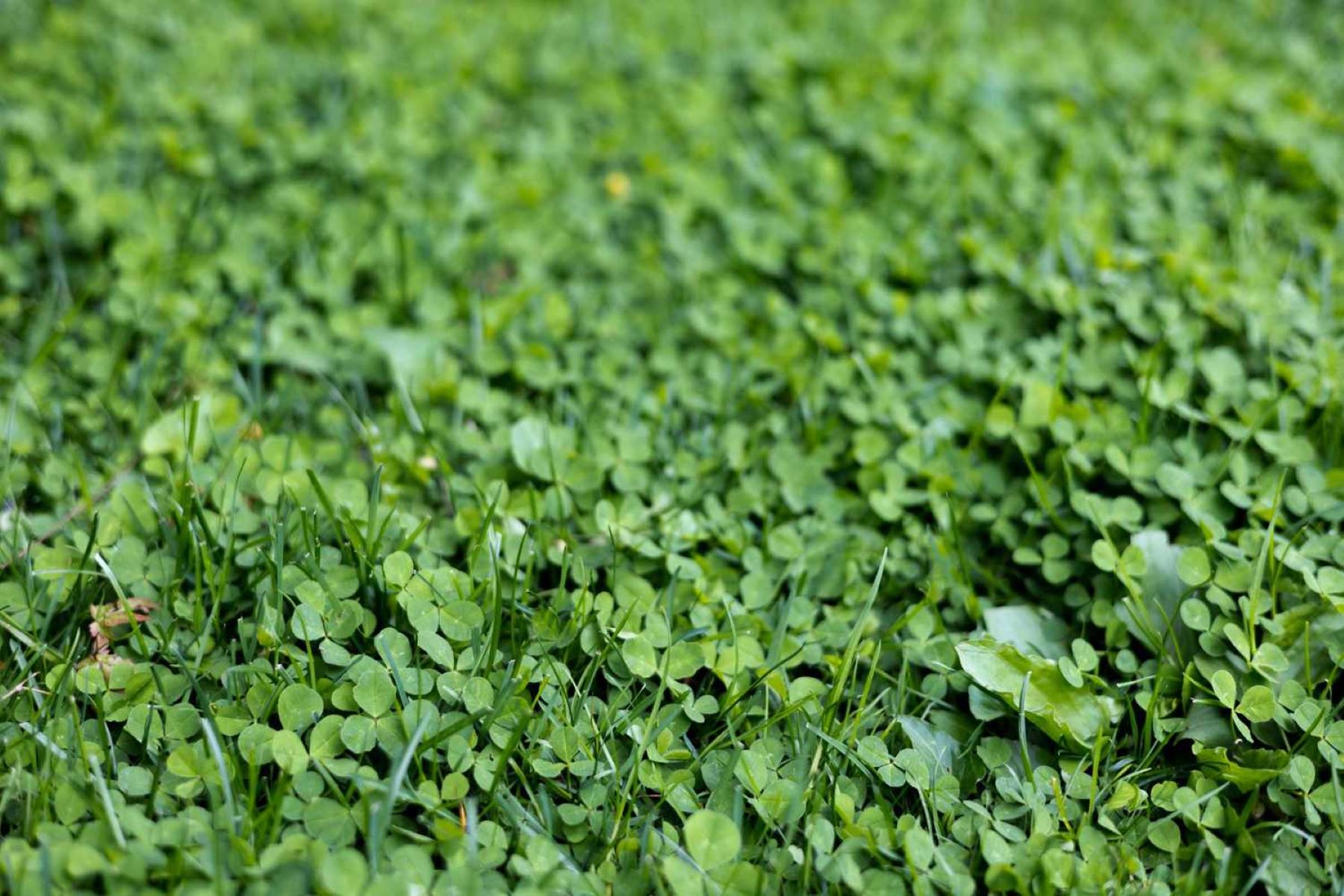
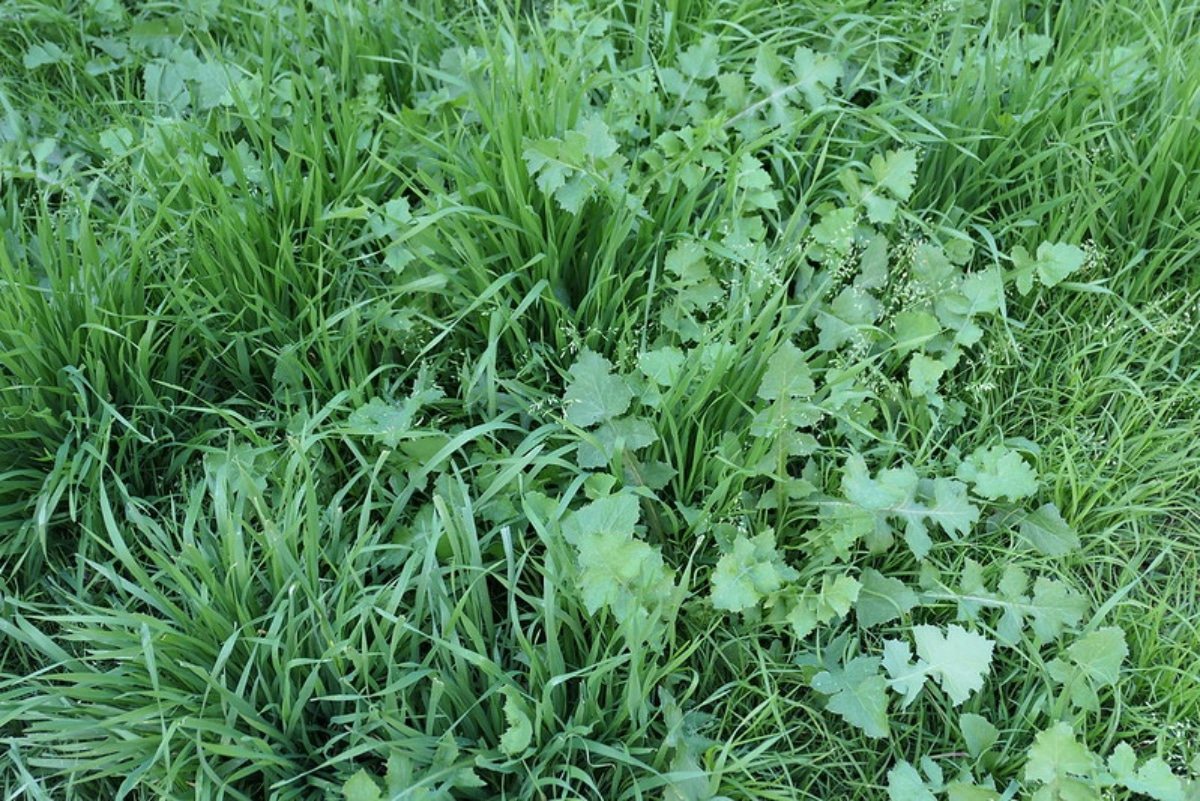
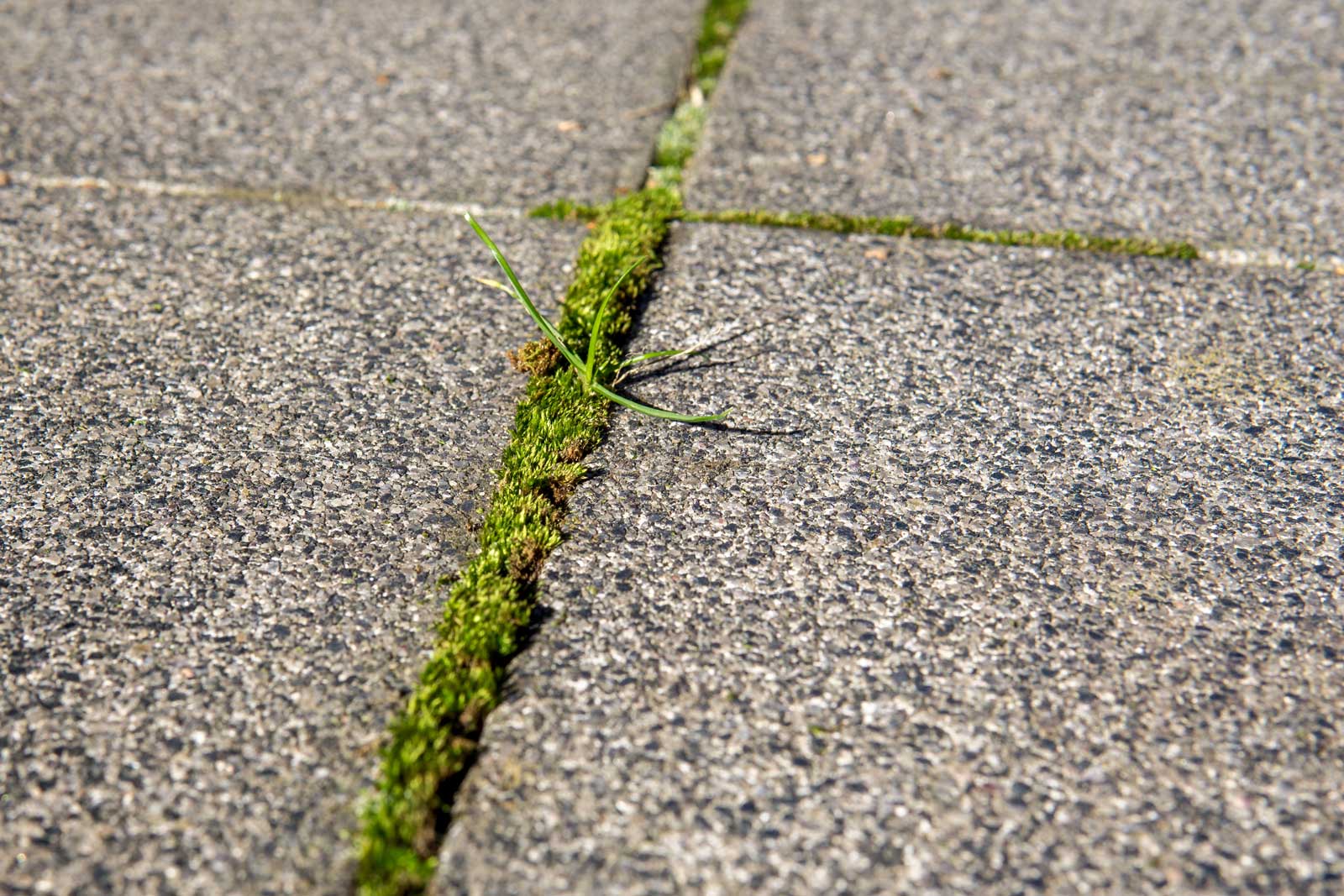
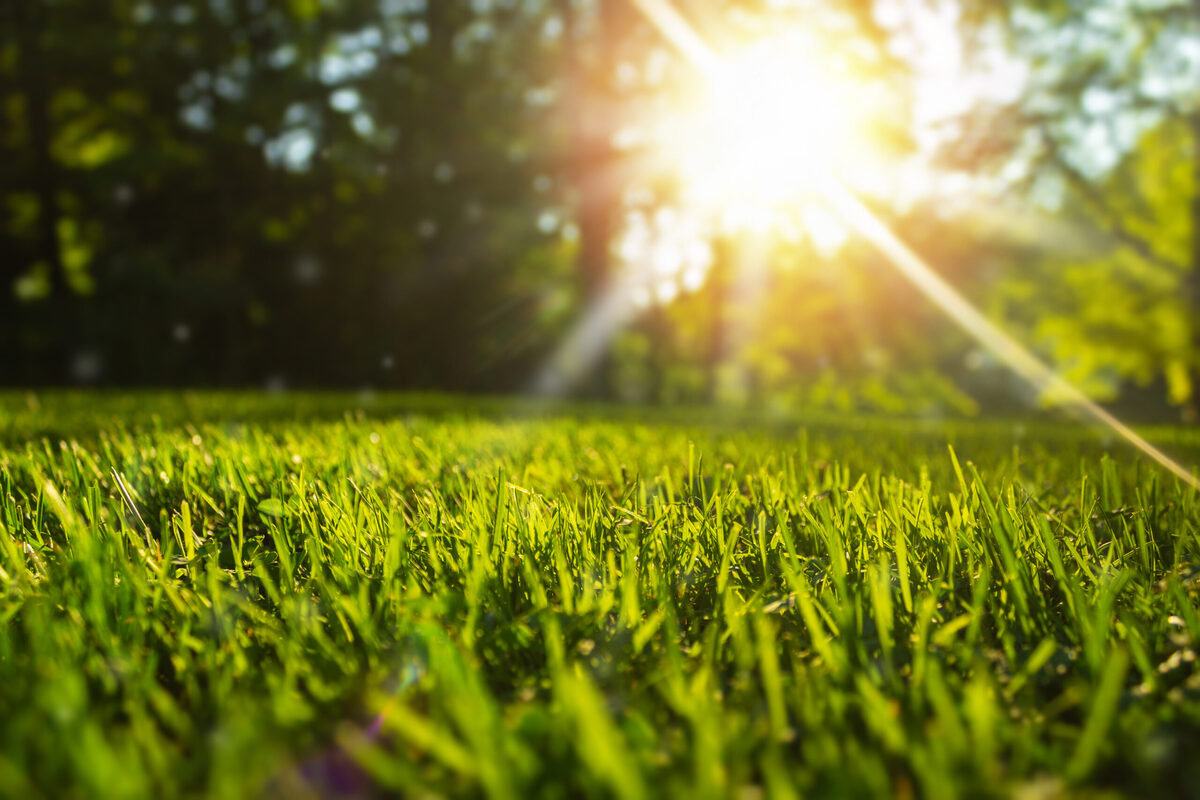
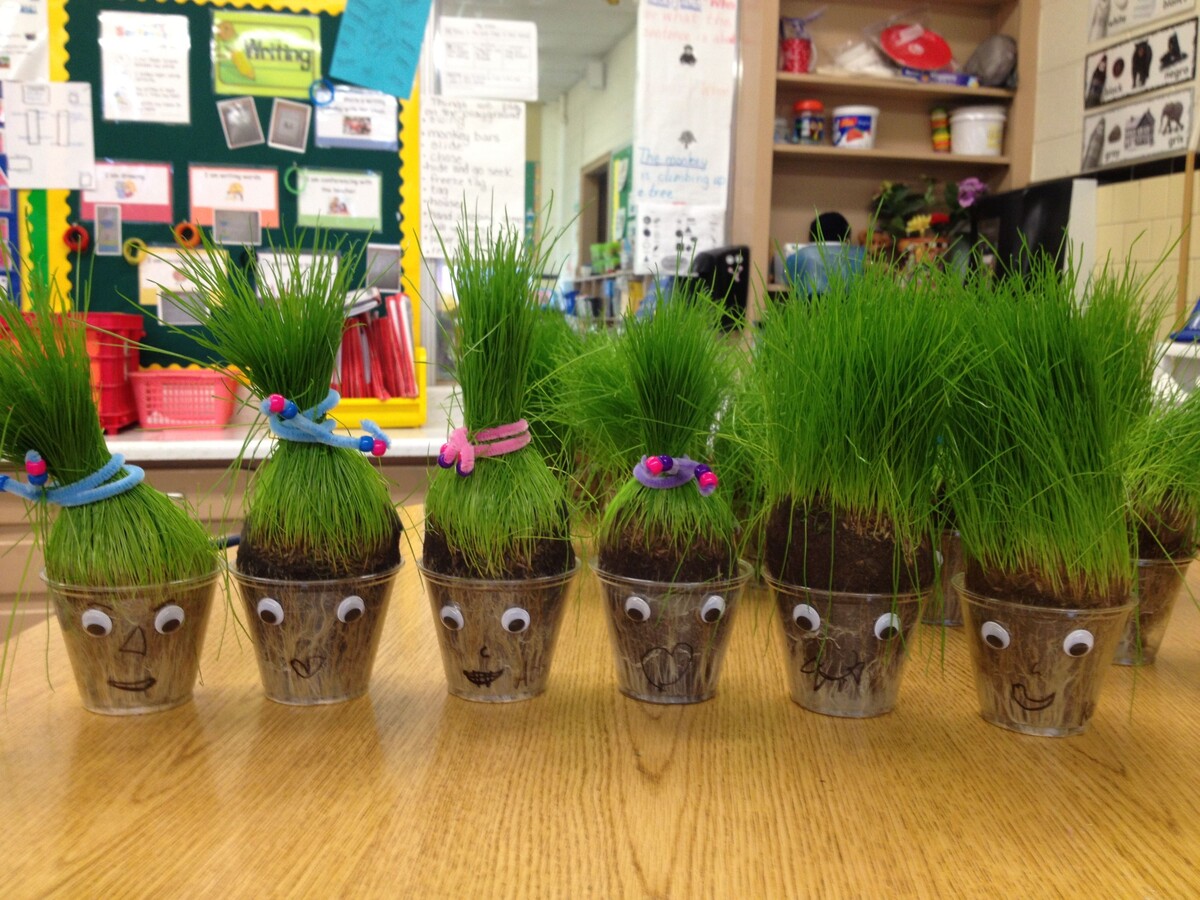
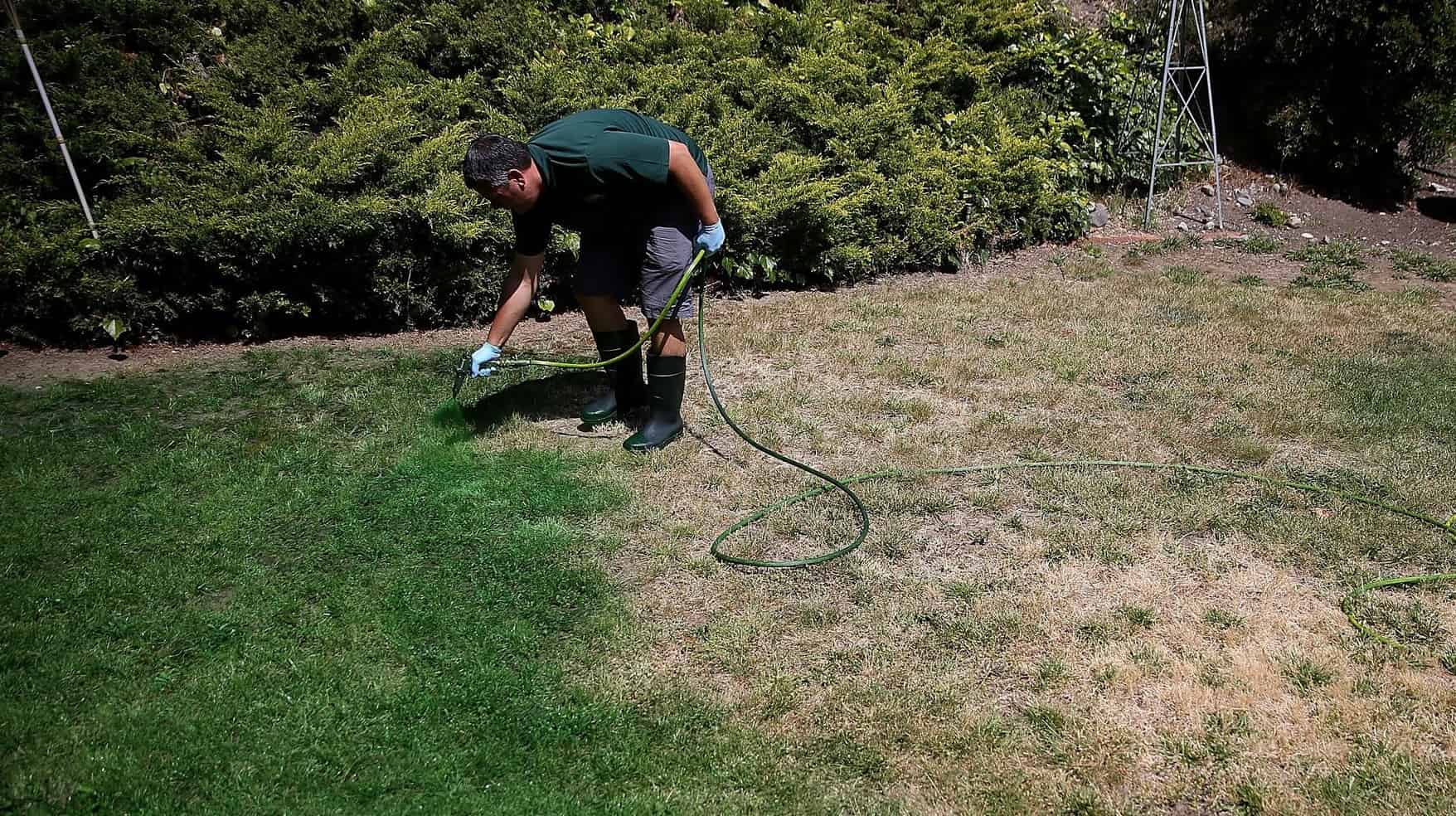
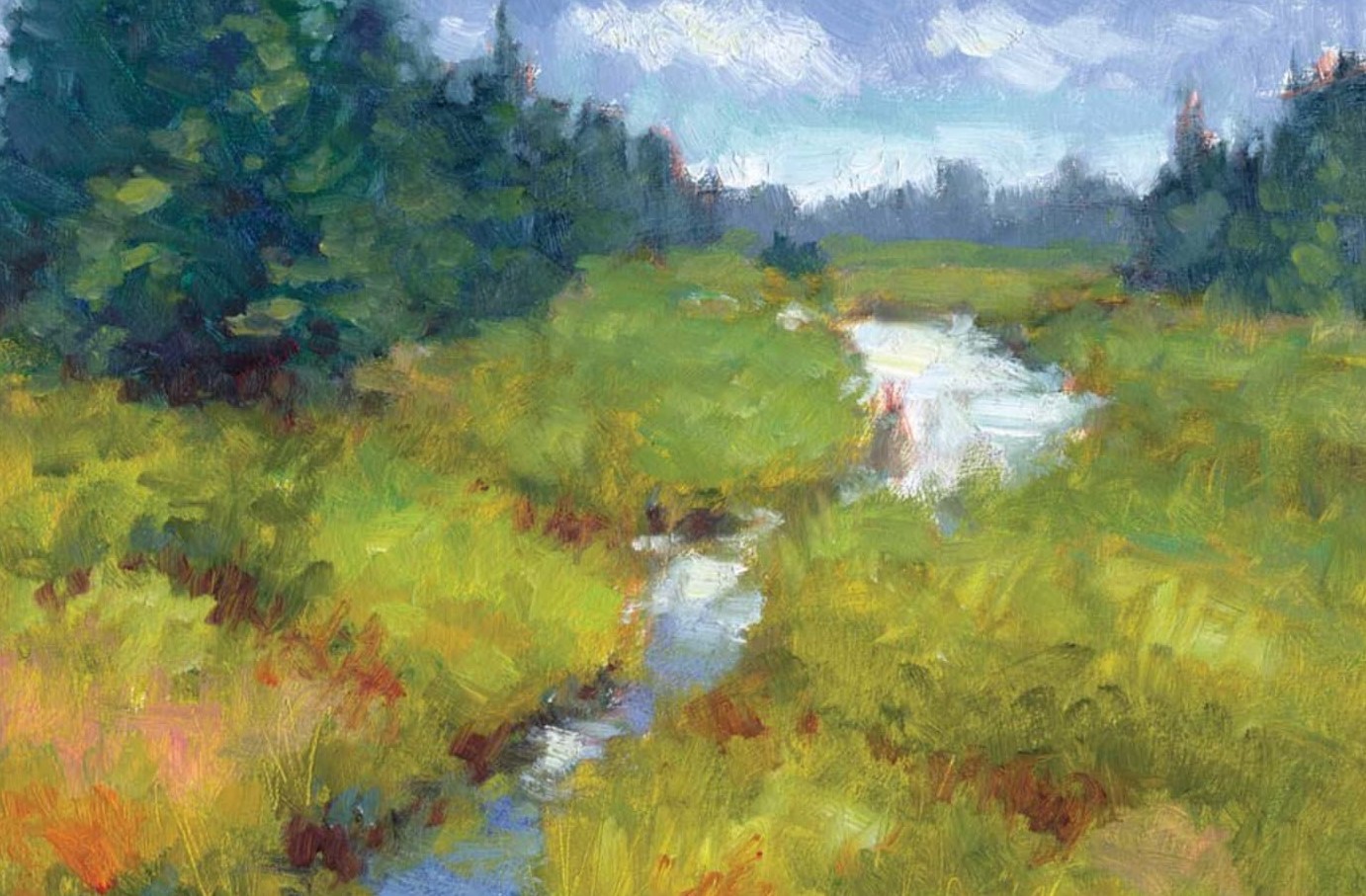

0 thoughts on “How To Make Cordage From Grass”